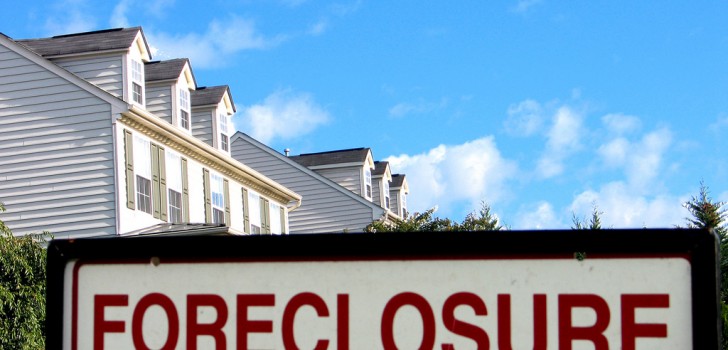While much of the real estate market has recovered from the 2008 financial crisis, some parts of the country are continuing to have very disappointing housing markets.
According to a recent report, 7 million homeowners in the United States owe more on their homes than their homes are even worth in the first place. People in this situation are said to have homes that are “underwater”.
Also, in roughly 1,000 American counties, the number of underwater homes is remaining steady or increasing. This puts struggling housing markets in danger of experiencing more foreclosures. The threat of more empty and abandoned homes is also looming.
Meanwhile, since many people cannot afford homes, many individuals are opting to rent rather than buy. This is causing an increase in the price of apartments.
Housing market expert Sarah Edelman says, “It’s easy to say housing crisis is over but, for many parts of the country, it’s certainly not. The recession isn’t, either.”
When a person has a home that is underwater, they are unable to use their home equity to invest in things like education. They are also unable to use this equity in emergency situations.
Furthermore, they cannot sell their homes, since they would likely lose money in the process. Basically, the homeowners are stuck in a state of limbo.
If many homes were to foreclose all at once, the value of other homes can decrease, causing the value of an entire community to collapse. This can lead to an economic disaster.
Currently, 15% of all American homes are said to be underwater. While this number is still improving over the period immediately after the financial crisis, it is still much higher than historic values.
During the financial crisis, California, Nevada and Florida were the main locations of the foreclosure crisis. Now the problem is more widespread in more rural areas, such as the South, upstate New York and the rural Midwest.
These areas typically contain stagnant economic activity. The fact that home values in these areas haven’t recovered poses problems for the local economies. Some counties have it so bad that more than 20% of all homes are underwater.
The problem can change dramatically within just a few miles. For instance, some zip codes within the Bay Area of California have almost no underwater homes. But if you stay within the same county, just a zip code over, you might find that more than 20% of homes are underwater. Despite the close proximity, the situation is night and day.
As far as fixing the problem, officials often recommend executing the same techniques that were done during the financial crisis. The government could start by extending both the Home Affordable Modification Program and the Home Affordable Refinance Program which are set to expire late next year.
As for foreclosed homes, banks need to do a better job of maintaining these properties in order to prevent falling property values in the surrounding area. Banks could also be more willing to consider short selling homes.
But the biggest issue is the economy as a whole. Statistics show that most underwater homes are in areas where the economy is performing poorly. By creating new jobs in slow areas, both the housing market and the economy are likely to improve.
So while some areas are getting better and even thriving, more help needs to be done for struggling areas. Otherwise, it won’t be long before we’re in another crisis.
Stay Connected